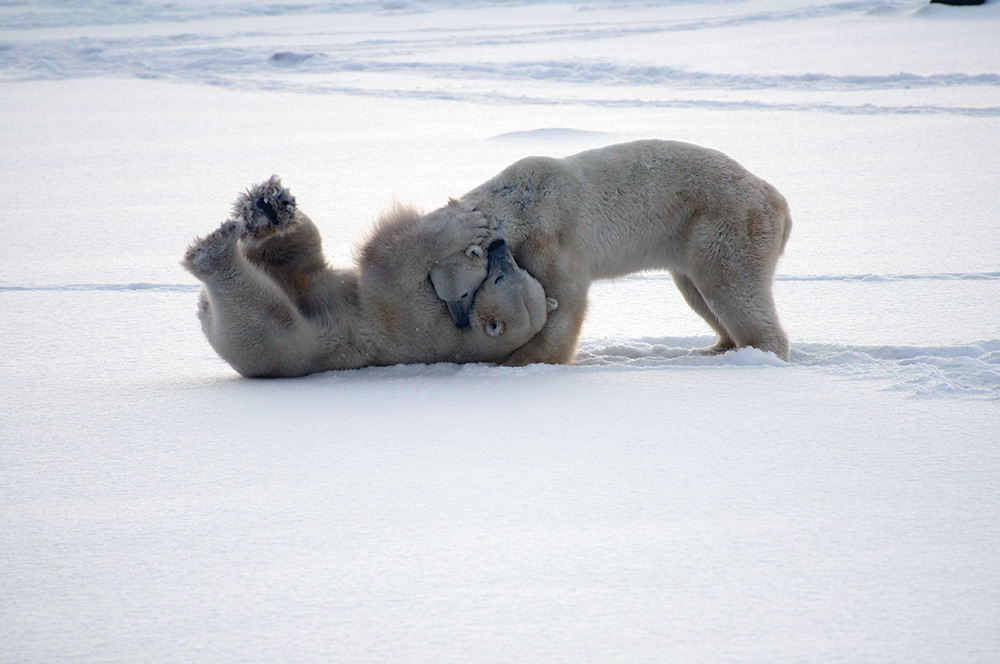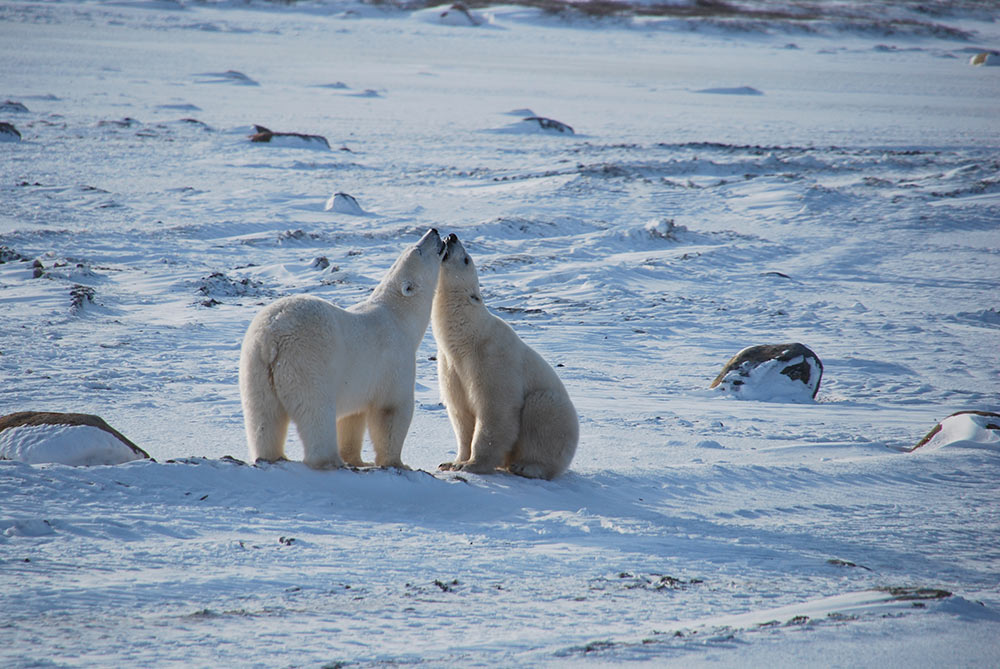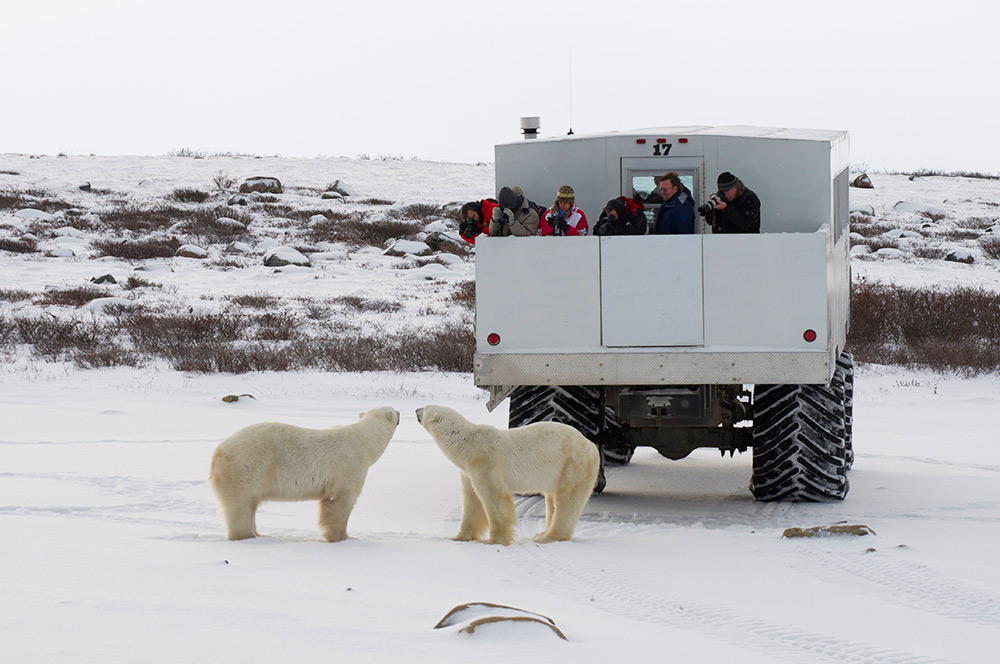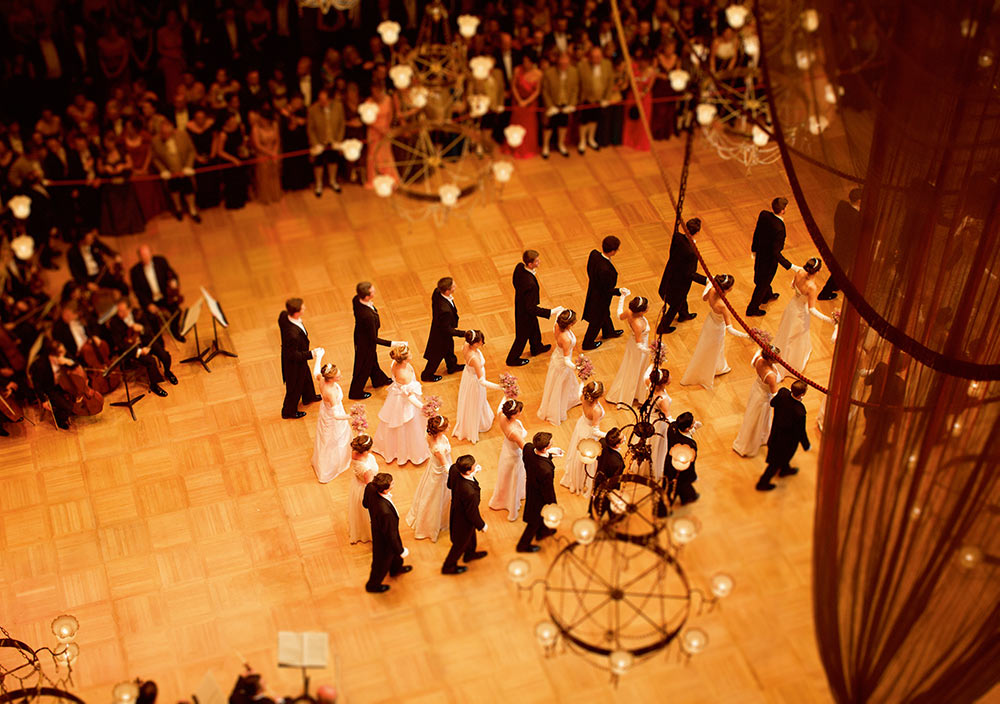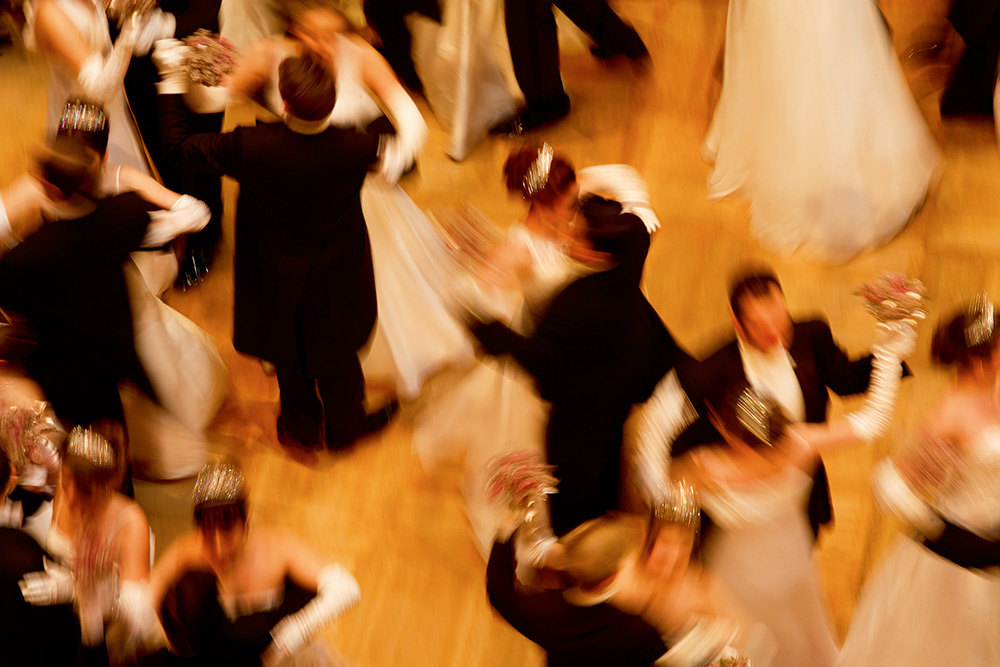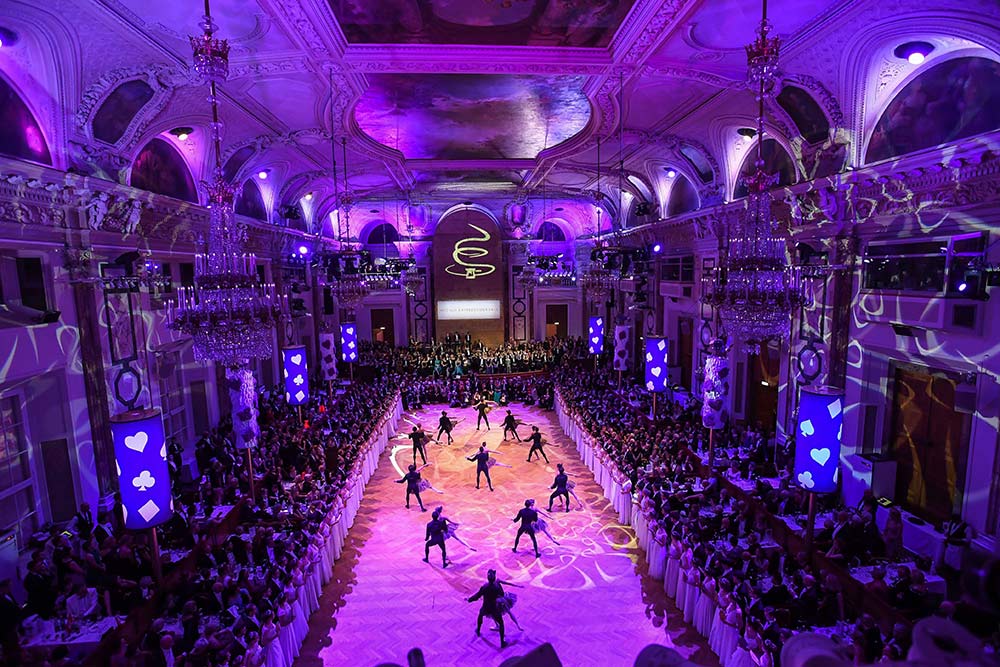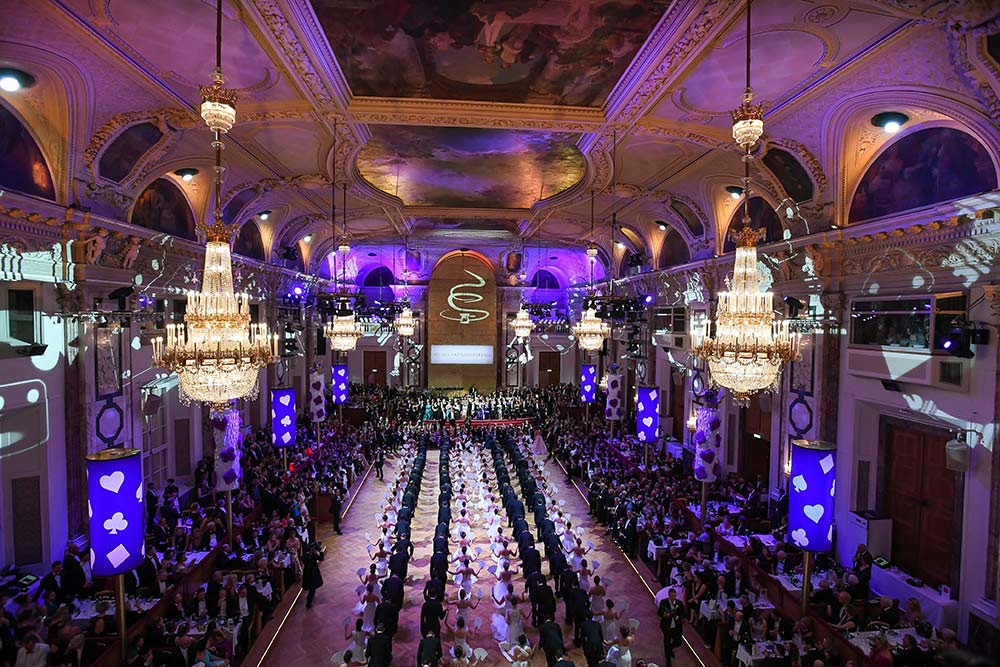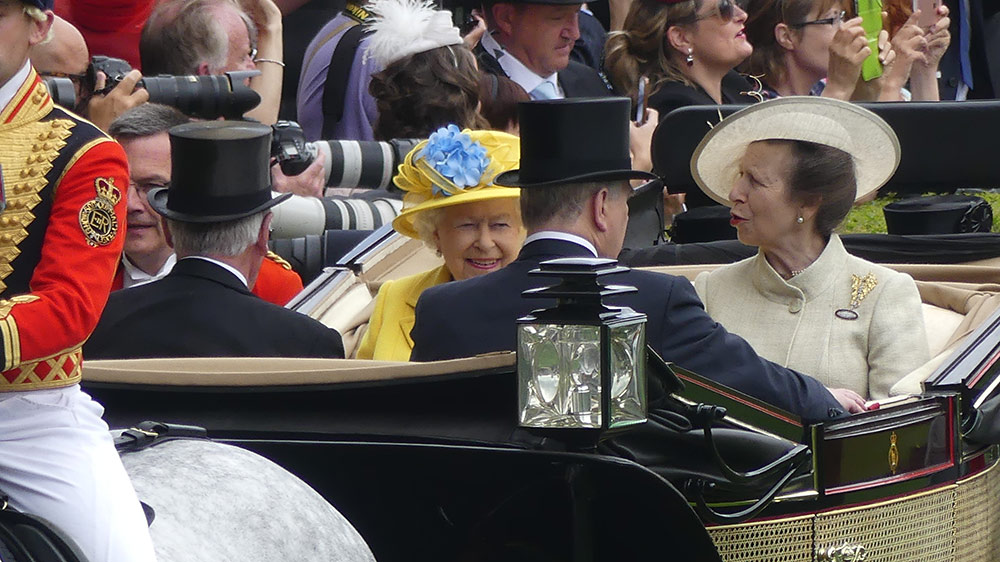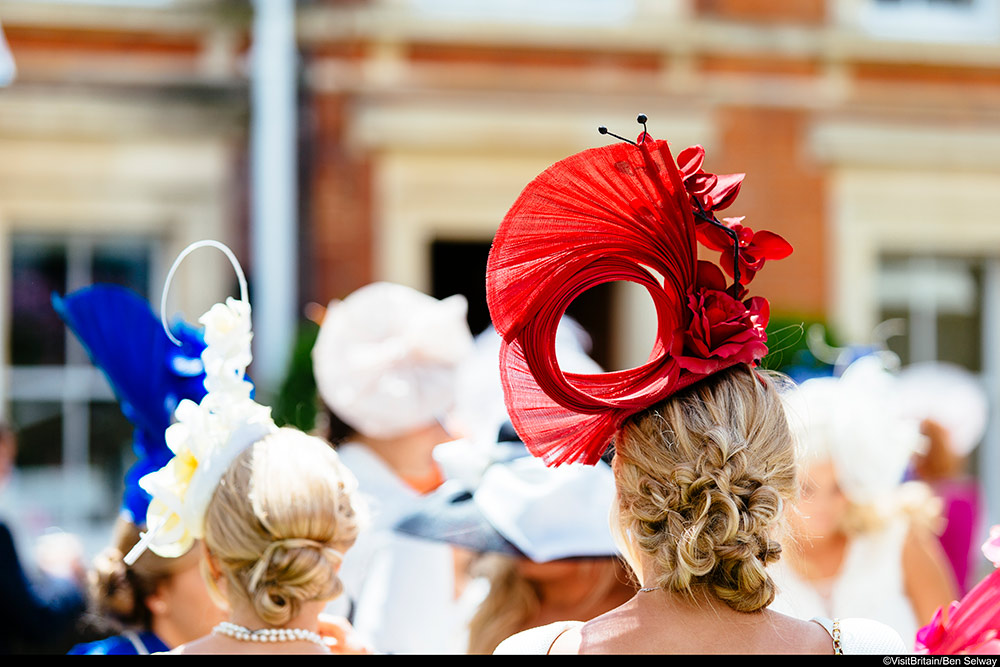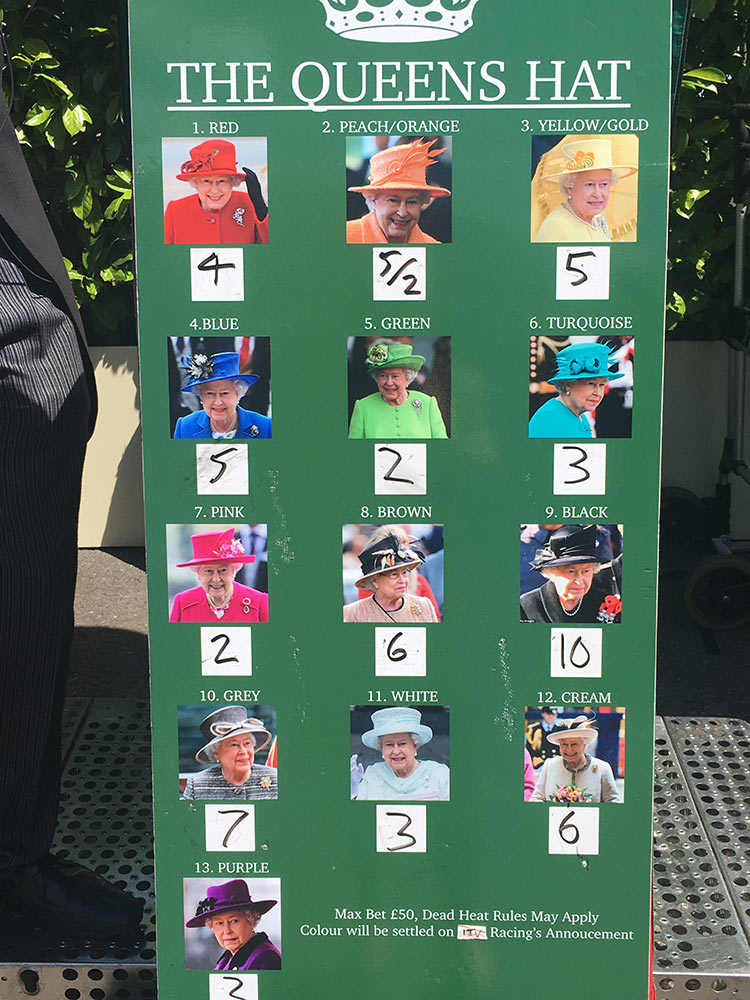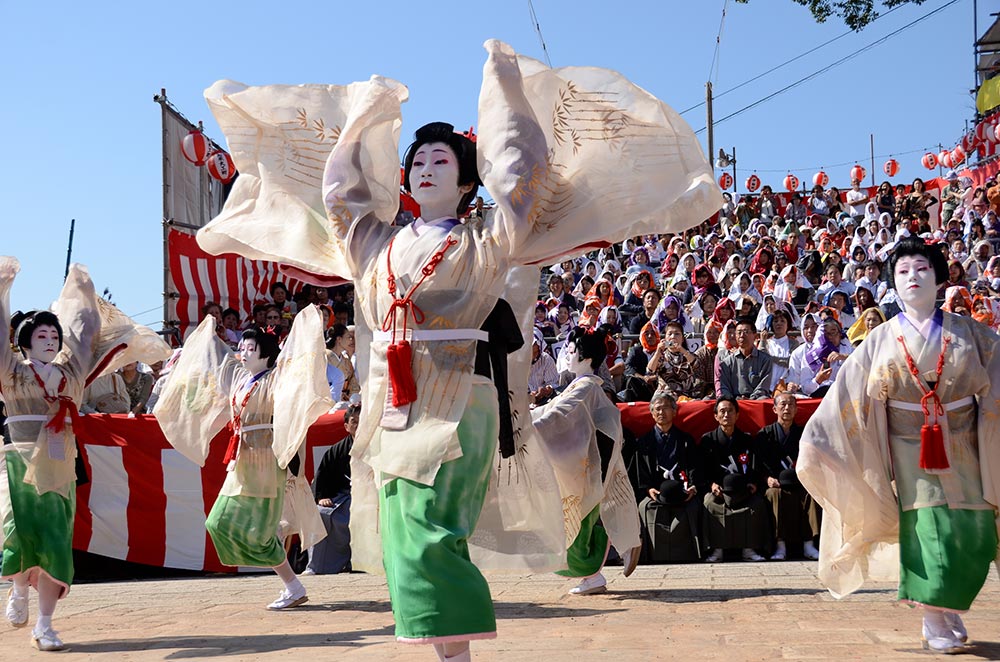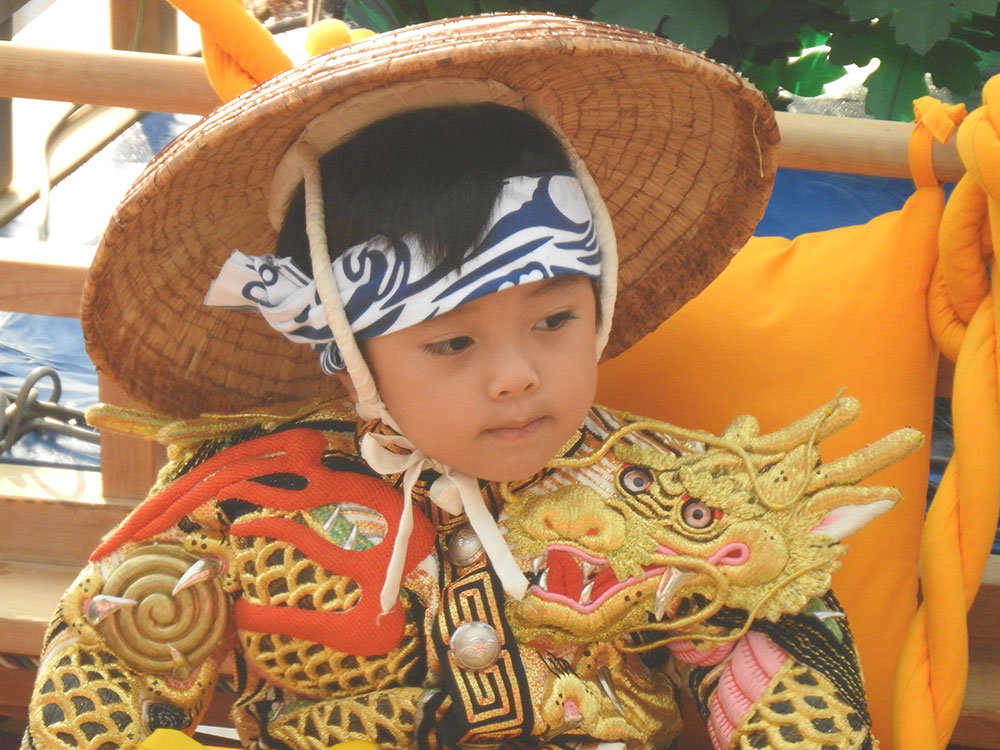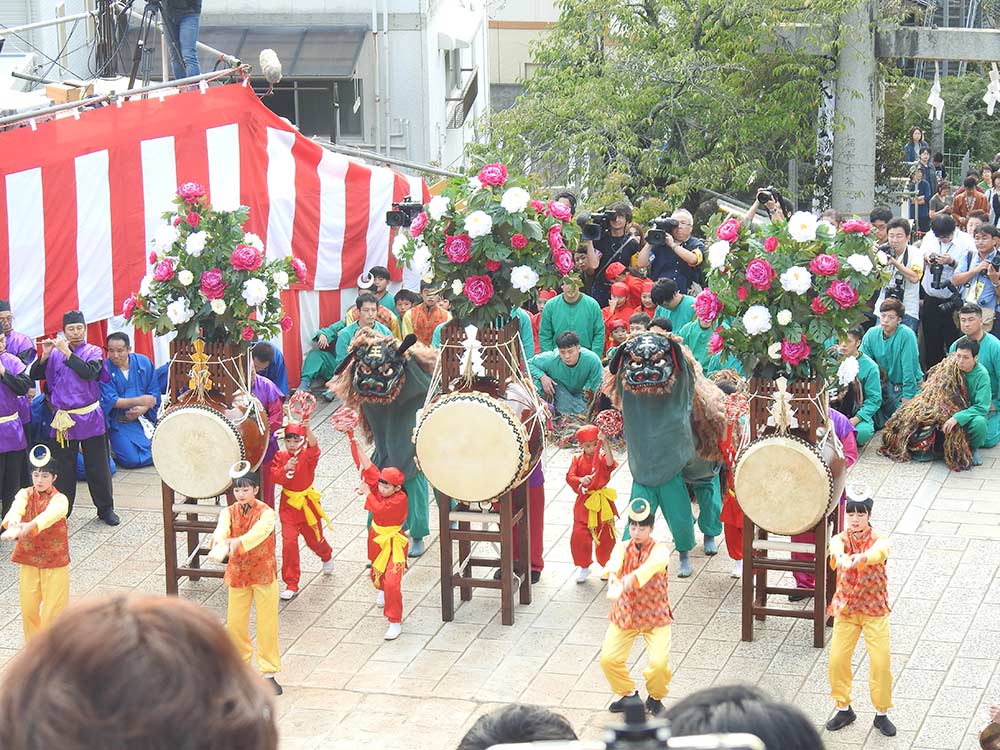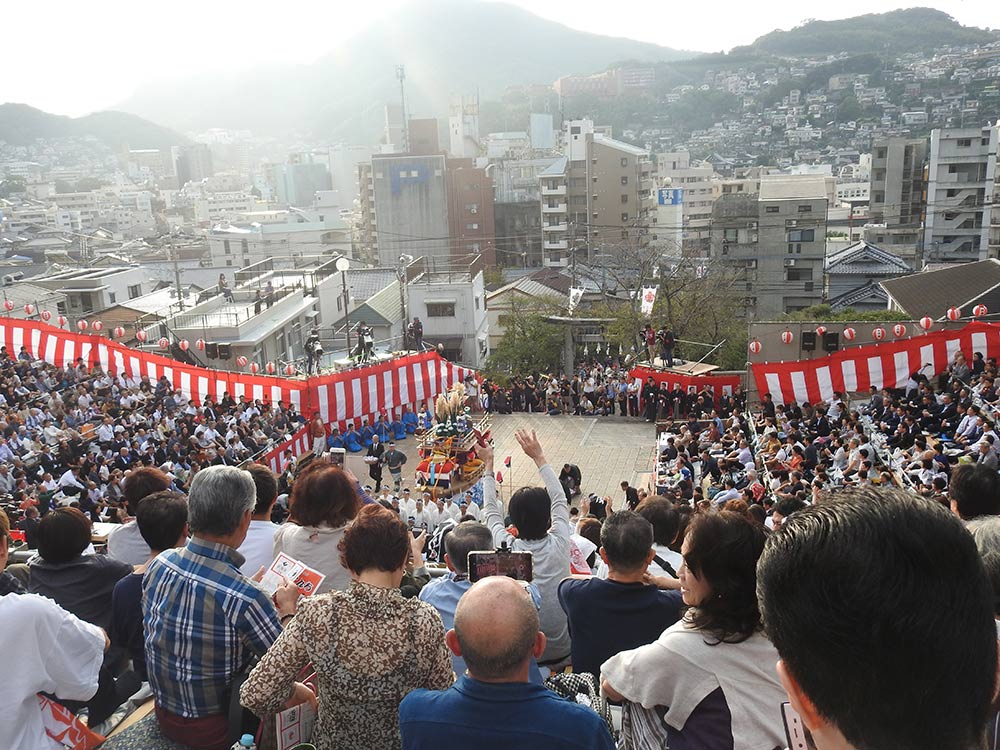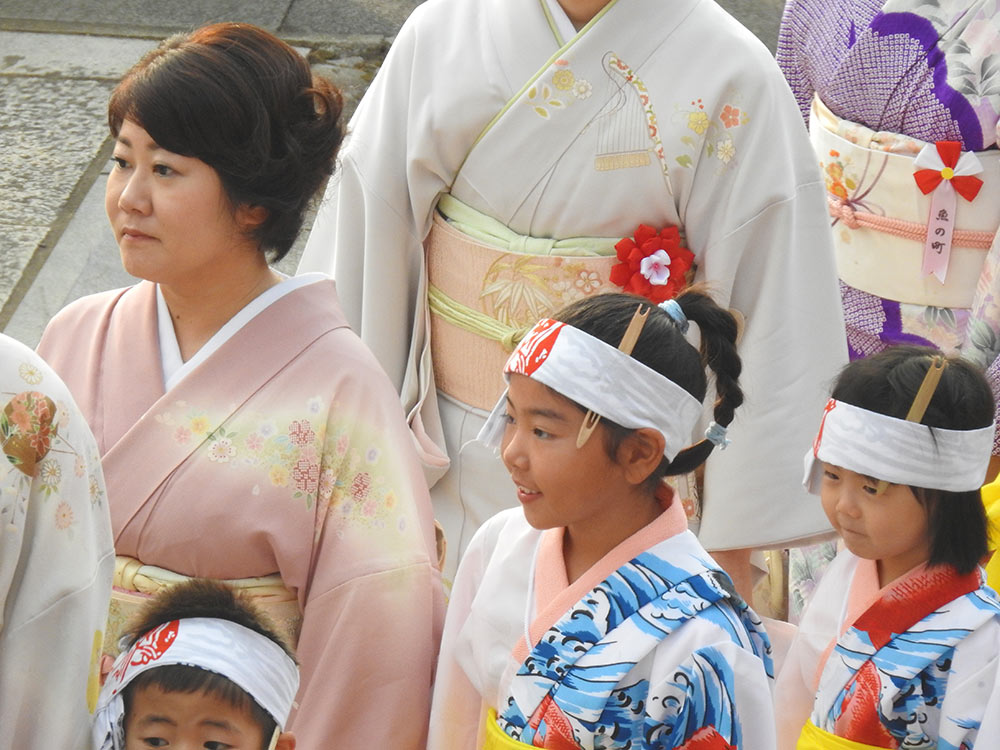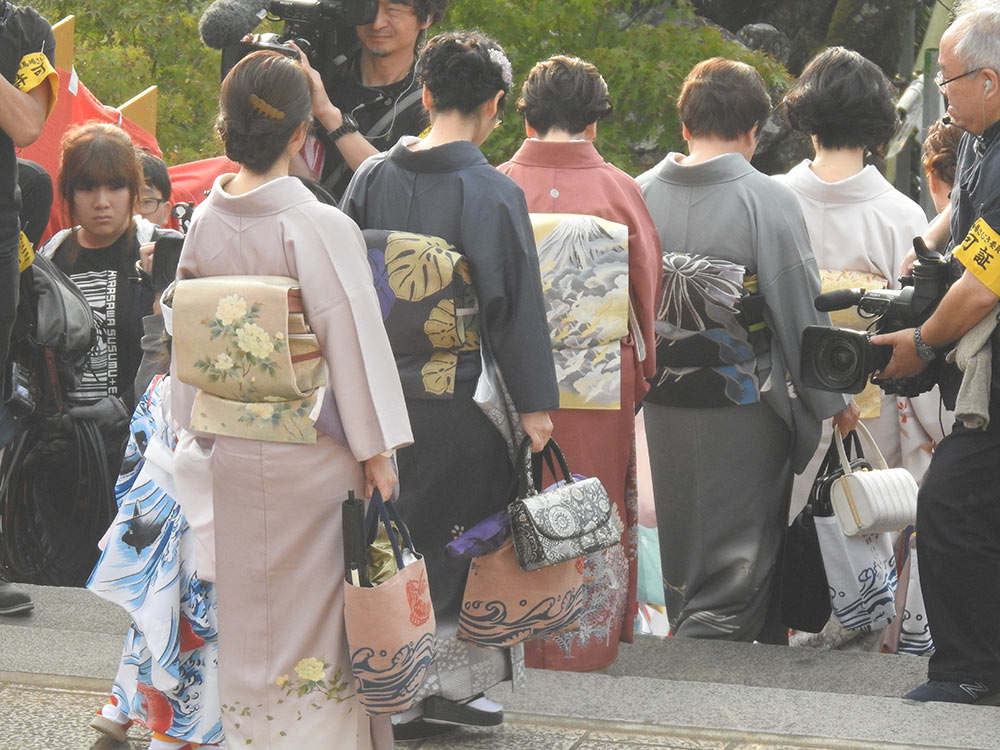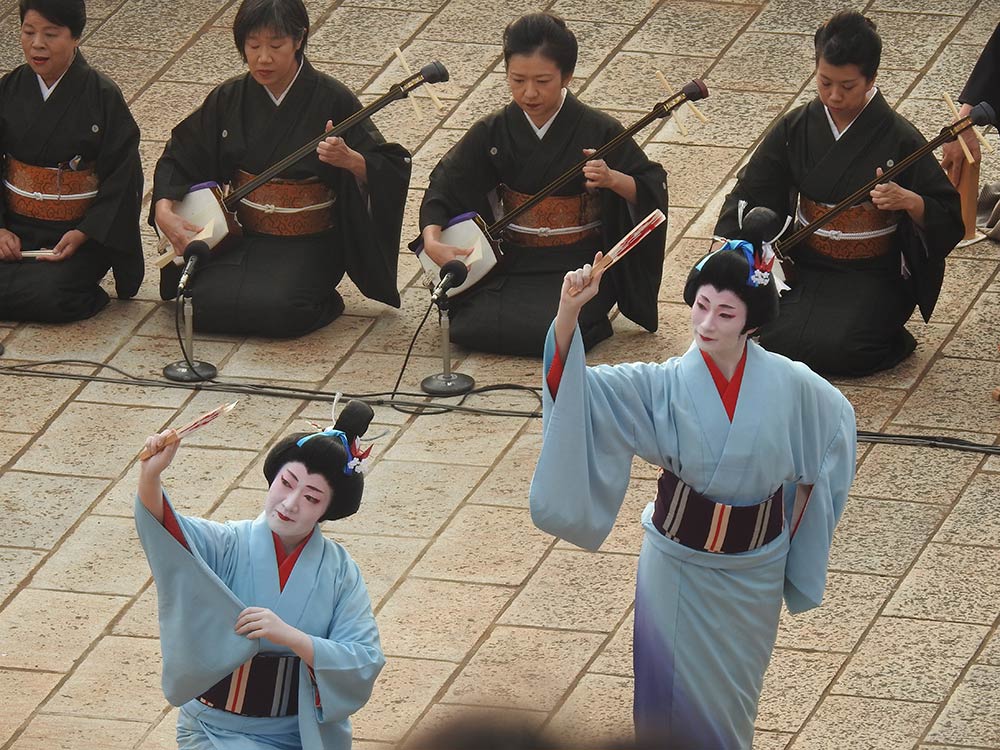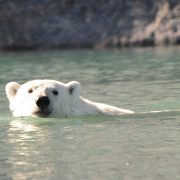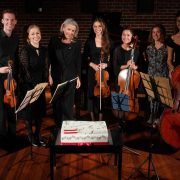Special travel experiences for your bucket list
It’s those pinch me moments in travel that remain with you forever. An annual event, a wildlife watching experience, a city tradition, an ancient festival or something slightly unusual that you cannot see or do just anywhere.
Here are some of our most unforgettable travel experiences from our travels in the last five years that have a special place in our hearts.
Those Polar Bears
There is nothing like coming face to face with a huge polar bear.
Even though there’s a locked gate between me and what’s considered one of the most ferocious animals on earth, it certainly gets the adrenalin pumping.
Standing on the viewing platform of a Tundra Buggy on the ice fields near Churchill in Canada, several polar bears are lurking and appear just as curious about us as we are about them.
Suddenly, there’s a loud crash on the locked stairway and an enormous furry paw the size of a dinner plate with the sharpest of claws, appears on the top stair.
I peer down and there staring up at me is a polar bear – our eyes meet, an encounter I won’t ever forget. Then the polar bear turns and heads back to his mates.
To see these animals in the wild is a rare privilege, especially knowing numbers are dwindling due to climate change and the effects on feeding patterns.
Manitoba magic
We spent three days on the icy tundra in northern Manitoba, on the west shore of Hudson Bay, considered the polar bear capital of the world.
Every autumn polar bears gather at Cape Churchill to wait for the ice to form and an early season seal hunting. It provides a pocket of opportunity for tourists to watch the polar bears filling in time.
We watch them tumble, roll and somersault then stand up and give their sparring mates a good clip around the ears.
They intrigue, amuse and entertain as their lives unfold in front of us and it doesn’t take long to fall completely under their spell.
Churchill, with a population of 900, is a unique town where residents don’t lock car doors and leave their front and back doors open for a good reason.
They provide a quick escape for anyone who may run into an inquisitive polar bear looking for food.
Although uncommon, there are tales of residents coming face to face with a polar bear or seeing a large paw come through an open window and while polar bears are beautiful animals, they are extremely dangerous and powerful.
For polar bears that venture into town there’s a lock up with 26 cells where rogue polar bears are locked up for 30 days and then relocated.
A polar bear alert also operates on sightings of polar bears scavenging for food.
Frontier North
A great way to see these animals is with Frontiers North Adventures, which offers daily Trips and a Tundra Buggy Lodge on wheels stay based 20 kilometres east of Churchill, right in the heart of polar bear territory.
Over the three days we see 30 polar bears and never tire of watching them in the wild.
They truly are magnificent animals.
Norse poets got it right when they described polar bears as “great lonely roamers and the sailors of the floes” – my only wish is that they will reign along the shores of Churchill for many years to come.
A Waltzing We Did Go – Vienna Ball Season
I can’t waltz but I am trying.
One, two, three…. one, two, three … feet together, then twirl.
It looks so easy but 30 minutes into a private waltz lesson with the debonair Thomas Schafer-Elmayer, head of Vienna’s legendary Elmayer Dance School and I am becoming increasingly nervous.
It seems I have two left feet as I watch others glide effortlessly around the herring-bone wood dance floor in the small historic studio.
On the busiest days, up to 600 dance students of all ages learn how to waltz here in preparation for Vienna’s hectic ball season.
Mr Schafer-Elmayer, who is in his 70s, is an expert on Austrian balls, manners and etiquette.
I figure I have six hours to practice before I hit the dance floor at the popular 62nd Coffee- house Owner’s Ball at beautiful Hofburg Palace, the former imperial home of the Habsburgs.
Ball season in Vienna
There are 450 balls hosted in Vienna each season from the elegant and traditional to rollicking carnival parties.
The quirkiest? The chimney sweeps ball and the hip hop ball where the dress code is formal with sneakers.
Anyone can go to a ball, it just takes a little planning. You can buy a general admission ticket and wander around all night or pay more for a table.
Ball attire can be hired – for women it’s floor-length evening gowns and for men tailcoat or tuxedo. Ball etiquette dictates that wristwatches aren’t to be worn with tails – a gold fob watch with a chain is preferred.
I’m also told an Austrian gentleman is not allowed to turn down a lady who wants to dance, which is good news.
Later, noted celebrity make-up and hairstylist, Rosi Bruckler, performs a makeover that leaves us ball ready and looking our best.
“False eyelashes?” she queries. “Why not – it’s not every night you attend a Viennese Ball,” I say.
Cinderella goes to the ball
There’s a fairy tale feel about the night and just like Cinderella I climb into a horse-drawn carriage on a crisp winter night, accompanied by the clip-clopping of eager horses on the old cobblestones.
Coats discarded, we head to the main ballroom that’s fit for royalty.
Beautiful gowns in every hue turn heads while the palace decor stars. Tonight there are 3600 guests from 18 nations.
I am tapped on the shoulder by a handsome young man, Andreas, who kisses my hand and invites me to dance.
Next minute we are waltzing – well kind of.
It’s such a thrill as we move around the dance floor but not without the odd foot stumble- my fault of course. Dizzy? Yes, a little.
It is not surprising the Viennese love their music – Mozart, Mahler, Haydn and Johan Strauss – the king of the Viennese waltz, were all born here.
The ball doesn’t finish until 5 am when the lights are dimmed, the last slow waltz played, and friends farewelled.
We celebrate a wonderful night with another time-honoured Austrian tradition, a wursti at the Bitzinger sausage stand at Albertinaplatz.
Coffee houses also do a roaring trade serving spicy goulash soup for tired and ravenous ball goers in the early morning.
I fall into bed – false eyelashes removed – with a deeper love of all things Austrian and sore feet.
I just hope Mr Schafer-Elmayer is proud of my dance efforts, otherwise next time, it’s hip hop and sneakers for me. vienna.info
Royalty Rocks at Royal Ascot
She passes by within a few centimetres and I can’t take my eyes off the huge sapphire pendant at her neck.
Princess Anne, like the rest of the Royal Family, is dressed to the nines for the Royal Ascot Races.
It is all about feathers, frills, flounces and frippery at the major event on the British social calendar and a special travel experience.
Sport, style and pageantry blend into five days of world-class racing, fabulous fashion and royal spotting as 300,000 visitors converge on the historic racecourse to have a jolly good time.
Every day at 2 pm, the Queen officially opens the races with a four-carriage Royal Procession, led by liveried staff and Windsor Greys and Cleveland Bay horses.
Even if you aren’t keen on backing horses you can bet on the colour of the Queen’s hat each day.
So, what’s it like?
Expect excitement to grow as you join the masses in their finery walking along the streets of Ascot in Berkshire, 10 kilometres from Windsor, where more than 1000 limousines and 400 helicopters descend.
We follow the stringent Royal Enclosure dress code, our bags are checked at the Member’s Entrance and we are given the once over to ensure we are suitably attired.
Inside the Royal Enclosure, women opt for elegant silk dresses, channel style suits, designer hats and lofty stilettoes.
For men it’s the oh so dapper top hat and morning suit that is required for the hallowed grounds.
Smart marquees with banks of pink and blue hydrangeas and delicate peony roses, elegant white linen-clad tables with polished silver and crystal feature along with fine dining restaurants – all up 330 chefs star.
A name tag is mandatory and celebrities and aristocracy are out in full force including earls, countesses, ladies, lords, barons and baronesses.
I swear I see Cliff Richards in the crowd, Mo Farah, Britain’s finest ever distance runner is spruced up and much-loved actor Helen Mirren opts for a floral print and chic hat.
Pimm’s – a perfect June summer drink and champagne flow.
Each day the Queen and her guests transfer into four horse-drawn carriages at Ascot Gate of Windsor Great Park and head to the races.
There’s a great cheer when the Queen is spotted – she’s wearing canary yellow.
How many scones?
It’s easy to see how racegoers consume 240,000 hand-crafted afternoon tea cakes, 120,000 buttermilk scones, 80,000 cups of tea, 60,000 finger sandwiches, 7000 rumps of English lamb, 5000 kilos of salmon, 5000 Angus steaks, 3500 fresh lobsters, 3000 kilos of beef sirloin, 25,000 spears of English asparagus, 7000 punnets of mixed berries and 1200kg of Cornish clotted cream.
My luck’s in as I collect on race four and I head straight to the Royal Ascot shop that has a small range of stunning hats.
Two of mine survived the long-haul flight from Melbourne stuffed in my carryon luggage but there wasn’t room for a third.
Who comes to Ascot to buy another hat?
I do, and even though they put my dainty rose crowned hat in the largest hatbox ever – I’m thrilled.
Straight after the races it’s time for bandstand singing that’s been part of Ascot tradition since the 1970s.
Soon everyone is singing all the favourites including Delilah, Sweet Caroline, New York, New York, Hey, Jude and of course, Rule, Britannia.
My new hat gets a showing on the third day and all three make it back to Australia – enormous hatbox and all. It’s the best souvenir ever!
The Nagasaki Kunchi Festival
Nagasaki was one of those places that surprised on so many levels. It was, in fact, one of the best trips I have ever done due to the startling amount of things to do, incredible history, fascinating culture and gorgeous scenery. Oh and good food!
One of the highlights was being able to attend the famous Kunchi Festival at the Suwa-jinja Shrine. It is one of four stages (honbasho) with the performers moving from stage to stage in a triumphant procession.
This Autumn festival began way back in 1634 as a way of honouring the deities of the shrine, who are regarded as the guardians of Nagasaki. Being able to witness it – one of the three largest festivals of its kind in Japan – is a special experience.
Rustic paid seating is set up on the hill around the small space where the action happens. We are led to our seats by our guide and admire the views across the city to Mt Inasa, which we had visited on a gondola ride the previous evening. These paid seats are as rare as hen’s teeth and must be booked well in advance.
The festival showcases the traditions of 59 neighbourhoods (odori-cho). The neighbourhoods perform once every seven years on rotation. Many neighbourhoods have been influenced by Portuguese, Dutch or Chinese cultures thanks to the trading history.
The first neighbourhood on the program is Imahakata-machi who mesmerised with their performance of the Hon-odori, the original and traditional dance of Kunchi. It was first performed at the inaugural event in 1634. The women are mesmerising with their graceful movements, accompanied by the sound of traditional wooden flutes called shinobue. They are replicating the sound of cranes – the bird variety – which are significant to the people of Nagasaki and are a symbol of peace.
The women are followed by the Kawafune (riverboat) performance, by the Uo-no-machi neighbourhood. This town used to have a big fish market and this dance signifies its fishing heritage. A child takes the role of the chief boatman, and casts his fishing net from the prow of the wooden fishing boat. The boat is the centrepiece and weighs two-tonne, something that is hard to fathom when the men on either side spin the boat at high speed. The crowd love it, yelling ‘mottekoi‘ – enthusiastically. It means encore.
The Lion Dance, or Shishi-odori is next. It is a family affair with parent and child lions acting in pairs. The children, called sankosan, lead the dance. At the end, the crowd goes wild when all nine lions join the fray and dance energetically.
Edo-machi neighbourhood presents Orandasen – the Dutch Ship – which celebrates the arrival of Dutch trading ships to Dejima, the only port in Nagasaki that was open to the world during Japan’s years of isolation. There are two ships – both flying the flag of the Netherlands – one pulled by men and the other smaller ship, by children. The whirling, twirling fervour of the bigger ship as it spins, is breathtaking.
Let there be dragons
The grand finale of the festival is the Ja-dori (dragon Dance) presented by Kago-machi. Coming from Chinese traditions, the Dragon Dance is said to have begun as a praying for rain ritual from centuries ago. The dragon measures 20 metres in length and is carried by 10 men, leaping and dancing around as the dragon follows a golden ball (called Tamamochi) that represents the sun.
The dragon heads down the stairs at the finish of the dance, before roars of ‘mottekoi’ echo around the stands. The surely tired men then pull it back for another round.
Afterwards, we walk following the performers as they head to the next show, and we stop off at market stalls along the way. It is a buzzing scene with many delicious food stalls to stop off at.
The Nagasaki Kunchi Festival is held 7-9 October every year, although it was called off in 2020 due to you know what.
If you can visit Nagasaki in October in future years, definitely get your hands on tickets to the Kunchi Festival which is undoubtedly a special travel experience, and allow at least a week to take in the sights of this spectacular place that has really won my heart.
Details – the best way to get to Nagasaki is with ANA


